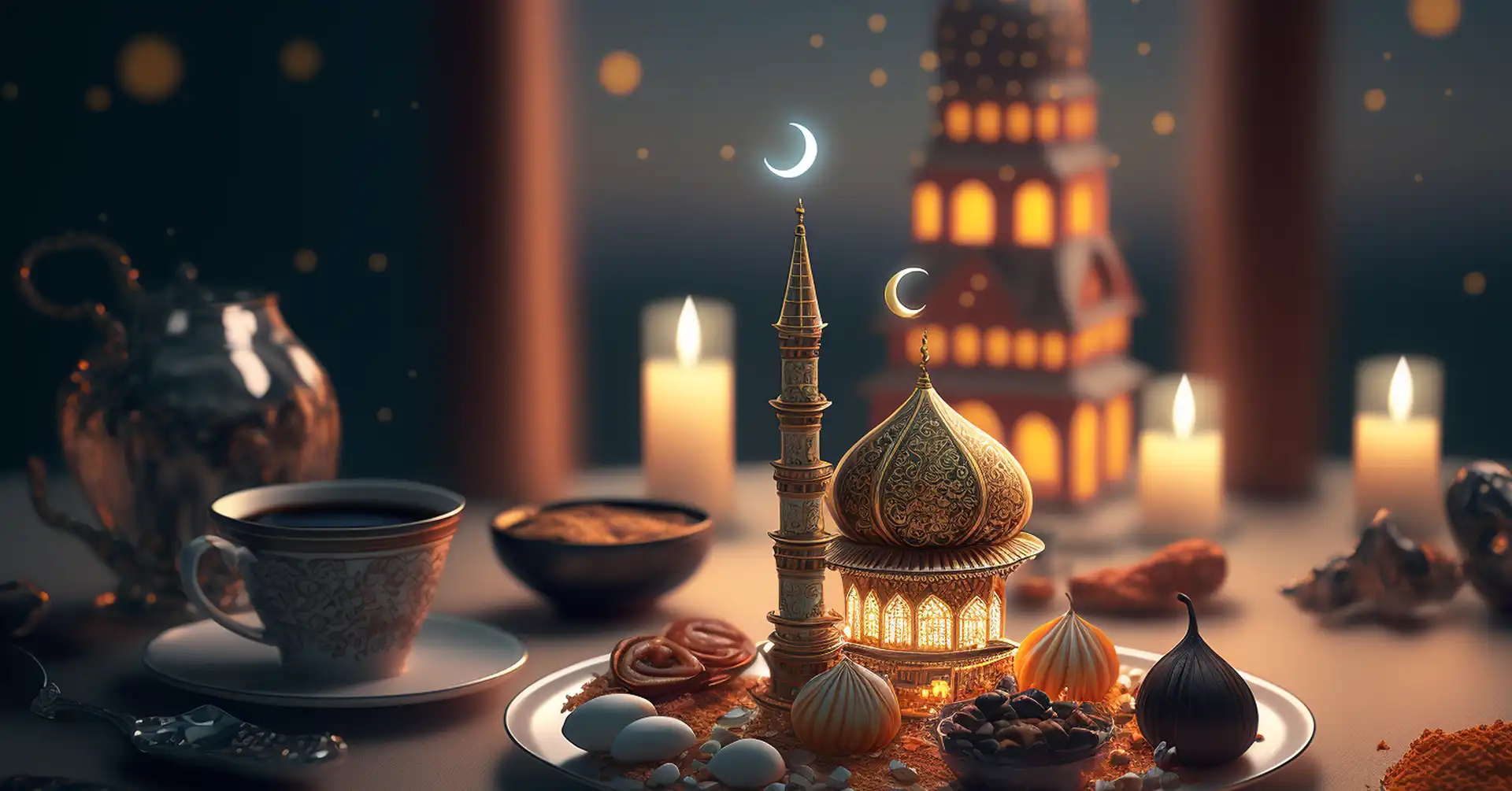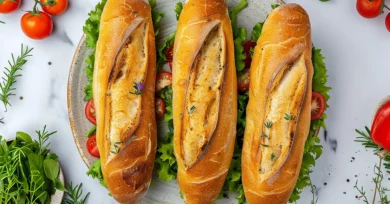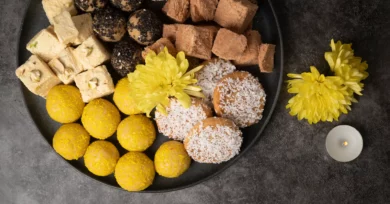Eid traditions hold a special place in the hearts of millions around the world, bringing people together in joyous celebration. Let’s take a closer look at the background of Eid and explore why its celebrations are so significant on a global scale.
Background on Eid
Eid, derived from Arabic, translates to “festival” or “celebration.” It marks the end of Ramadan, the holy month of fasting observed by Muslims worldwide. The roots of Eid can be traced back to the teachings of Islam and the lunar calendar, where the sighting of the new moon determines its occurrence.
Eid is not just a single-day affair; it’s a culmination of spiritual reflection, self-discipline, and communal harmony. Understanding the historical context enriches our appreciation of the diverse Eid traditions observed in different corners of the globe.
Significance of Eid Celebrations Worldwide
Eid is more than just a religious observance; it’s a universal celebration of faith, unity, and compassion. The shared joy during Eid transcends cultural and geographical boundaries, fostering a sense of connection among Muslims worldwide.
Eid celebrations signify the triumph of self-discipline, gratitude, and community over the challenges of Ramadan. This global festivity serves as a reminder of the common values that bind people together, reinforcing the importance of harmony and understanding across diverse cultures.
Saudi Arabia: The Royal Feast of Eid Al-Fitr
Preparations Fit for Royalty
In Saudi Arabia, the anticipation for Eid Al-Fitr is palpable as families engage in meticulous preparations for the grand Royal Feast. Elaborate arrangements and meticulous planning mark the lead-up to the celebration.
As Eid day approaches, households are in a flurry of activity. Intricate decorations adorn homes, and families engage in thorough cleaning to create an atmosphere of warmth and opulence. The spirit of unity is tangible as everyone contributes to the preparations, fostering a sense of togetherness that characterizes Saudi Eid traditions.
A Culinary Journey Through Traditional Saudi Arabian Cuisine
At the heart of the Eid Al-Fitr celebrations in Saudi Arabia is the sumptuous spread of traditional cuisine. The Royal Feast is a culinary masterpiece showcasing a rich tapestry of Saudi Arabian flavors and culinary heritage.
The dining tables are adorned with a variety of dishes, ranging from savory kebabs and aromatic rice to decadent desserts. Families take pride in preparing and sharing traditional delicacies, creating a gastronomic experience that is an integral part of Saudi Eid traditions. The delectable feast serves not only to satisfy the appetite but also to symbolize the abundance and prosperity that Eid represents.
Cultural Significance Woven into the Feast
Beyond the culinary delights, the Royal Feast holds profound cultural significance in Saudi Arabia. It serves as a symbol of hospitality, generosity, and community bonding. The act of sharing the feast with neighbors, friends, and those in need embodies the spirit of compassion and unity that defines Eid traditions in the country.
The Royal Feast is not merely a gastronomic event; it is a reflection of Saudi Arabian culture, where the joy of Eid is shared generously, reinforcing the bonds that tie communities together.
India: The Colorful Festivities of Eid-ul-Fitr
Vibrant Traditions in Indian Muslim Communities
In India, the celebration of Eid-ul-Fitr is a riot of colors and traditions that uniquely reflect the cultural diversity of the country. Indian Muslim communities infuse their own distinctive flair into the Eid festivities, creating a celebration that is a blend of religious customs and regional influences.
One of the striking traditions is the practice of adorning homes and streets with vibrant decorations. Vibrant fabrics and artistic embellishments transform the surroundings into a visual spectacle, signaling the arrival of Eid. This festive visual language is a testament to the vibrant diversity that characterizes Indian Eid traditions.
Sweet Symphonies: Traditional Indian Sweets and Delicacies
No Indian celebration is complete without indulgence in traditional sweets, and Eid-ul-Fitr is no exception. Families across India take pride in preparing and exchanging an array of mouthwatering sweets and delicacies during Eid.
From the heavenly aroma of sheer kurma to the sweetness of kaju katli, the festive spread is a symphony of flavors. Traditional Indian sweets hold cultural significance, symbolizing the joy of sharing and the sweetness of life. The act of exchanging these delectable treats among friends and family is a cherished tradition that adds a touch of sweetness to the colorful festivities of Eid-ul-Fitr in India.
Turkey: The Joyful Atmosphere of Eid Al-Adha
Symbolic Customs and Traditions
In Turkey, Eid traditions hold a special place in the hearts of the people. The symbolic customs and traditions during Eid Al-Adha create a joyful atmosphere across the country. Families engage in meaningful rituals that have been passed down through generations, adding a rich cultural tapestry to the celebration. These Eid traditions not only foster a sense of unity but also reflect the unique identity of Turkish culture.
Eid traditions in Turkey often involve symbolic gestures, including the exchange of heartfelt greetings, the giving of gifts, and the decoration of homes with vibrant colors. These customs serve as a way for individuals to express their joy and appreciation for the festive occasion.
Community Gatherings and Festivities
Eid Al-Adha in Turkey is not just a family affair; it extends to vibrant community gatherings and festivities. Streets come alive with the hustle and bustle of people sharing the joy of the occasion. Communities organize events, including cultural performances, traditional music, and communal meals that bring people together in celebration.
These community gatherings create a sense of belonging and strengthen the social fabric of Turkish society. They provide an opportunity for individuals to connect with neighbors, friends, and even strangers, fostering a communal spirit that transcends individual differences.
Malaysia: The Night of a Thousand Lanterns
The Tradition of Moonlight Lantern Processions
In Malaysia, the celebration of Eid takes on a magical quality, especially during the Night of a Thousand Lanterns. The tradition of moonlight lantern processions illuminates the streets with a dazzling display of colorful lanterns, creating a breathtaking spectacle. This unique Eid tradition reflects the beauty of Malaysian culture and the importance of light as a symbol of hope and positivity.
Families and communities come together to participate in the lantern processions, contributing to the vibrant atmosphere of the celebration. The tradition not only showcases the artistic creativity of the participants but also reinforces the idea of unity as people walk together, guided by the soft glow of lanterns. Cultural Performances and Traditional Music
Malaysian Eid celebrations are enriched by cultural performances and traditional music that showcase the diversity of the country’s heritage. During this festive period, communities organize events featuring dance performances, musical ensembles, and other cultural expressions. These performances add a layer of joy and cultural pride to the celebrations, creating an immersive experience for all participants.
The sounds of traditional music and the sight of expressive dances contribute to the festive ambiance, bringing people together to celebrate their shared cultural identity. This tradition reinforces the importance of preserving and cherishing cultural heritage during Eid festivities in Malaysia.
Unity and Harmony in Malaysian Eid Celebrations
Beyond the visual and auditory splendor, Malaysian Eid celebrations are characterized by a profound sense of unity and harmony. The Night of a Thousand Lanterns serves as a metaphor for the diverse yet harmonious tapestry of Malaysian society. Regardless of cultural or ethnic backgrounds, people come together during Eid, fostering a spirit of unity that transcends differences.
Morocco: The Spiritual Journey of Eid Al-Mawlid
Commemorating the Birth of Prophet Muhammad
In Morocco, Eid Al-Mawlid takes on a profound significance as it marks the birth of Prophet Muhammad. Communities across the country come together to honor this spiritual event.
During this special Eid tradition, families gather in homes and mosques to recount stories of Prophet Muhammad’s life. It’s a time of reflection, gratitude, and unity as Moroccans express their love and respect for the Prophet.
In various neighborhoods, you’ll find vibrant displays of lights and decorations adorning streets and homes, creating a warm and festive atmosphere. This is a unique facet of Moroccan Eid traditions, emphasizing the spiritual journey shared by the entire community.
Spiritual Practices and Religious Gatherings
Eid Al-Mawlid in Morocco is characterized by spiritual practices that deepen the connection to faith. Special prayers and sermons are held in mosques, and families engage in acts of charity and kindness.
Moroccans often partake in communal meals, fostering a sense of togetherness and shared spirituality. This blend of religious observances and community involvement distinguishes Moroccan Eid traditions, creating a meaningful and enriching experience for all.
Unique Moroccan Traditions During Eid Al-Mawlid
Morocco’s unique Eid traditions extend beyond prayers and gatherings. The streets come alive with processions, showcasing traditional Moroccan music, dance, and cultural performances.
Distinctive local customs, such as the exchange of symbolic gifts and the preparation of traditional Moroccan dishes, add a layer of cultural richness to the celebration. These practices highlight the uniqueness of Moroccan Eid traditions, making it a memorable and cherished occasion for all.
Eid traditions in Morocco, particularly during Eid Al-Mawlid, encapsulate a beautiful blend of spirituality, community, and cultural expression.
Nigeria: Eid Carnival and Street Festivities
Street Parades and Colorful Floats
In Nigeria, Eid is not just a celebration; it’s a carnival of colors and joy. Street parades featuring vibrant floats adorned with eye-catching decorations become the heart of Eid festivities. Nigerians take to the streets, celebrating the occasion with exuberance and enthusiasm.
These parades often feature community members dressed in traditional attire dancing to lively music. The streets become a canvas of cultural expression, showcasing the diversity and vibrancy of Nigeria’s rich heritage.
Traditional Nigerian Dances and Music
Eid celebrations in Nigeria are incomplete without the rhythmic beats of traditional dances and music. Communities gather to perform cultural dances accompanied by melodious tunes that echo the country’s diverse musical traditions.
Nigerian Eid-goers, young and old, actively participate in these joyous dance celebrations. The fusion of traditional dances with modern rhythms reflects the dynamism and unity embedded in Nigerian Eid traditions.
Integration of Local Culture in Eid Celebrations
What sets Nigerian Eid celebrations apart is the seamless integration of local culture into the festivities. From traditional clothing to indigenous culinary delights, the celebration becomes a showcase of Nigeria’s rich cultural tapestry.
Local artisans often contribute to the festivities by creating unique crafts and artworks, adding a touch of authenticity to the Eid experience. This integration of local culture brings a sense of pride and identity to the celebration, making it a truly Nigerian Eid tradition.
In Nigeria, Eid is not just a day; it’s a carnival of colors, dances, and cultural pride, making it a unique and unforgettable celebration of unity.
Conclusion
The diverse Eid traditions explored from Morocco to Nigeria highlight the global tapestry of celebrations that unite communities in the joyous observance of this significant occasion. From Morocco’s spiritual journey during Eid Al-Mawlid, emphasizing shared spirituality and cultural expressions, to Nigeria’s vibrant Eid carnival, showcasing a harmonious blend of traditional dances, music, and local pride, these celebrations underscore the richness and uniqueness of each cultural tapestry.
Despite the geographical and cultural variations, a common thread of unity, gratitude, and community weaves through these Eid traditions, demonstrating the universal essence of this celebration that transcends borders and resonates with people around the world. The beauty of global unity in Eid celebrations lies in the ability of diverse traditions to coexist, fostering understanding, respect, and shared joy across communities.
Read More:






